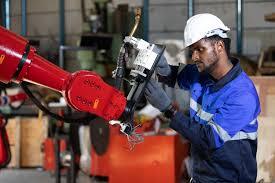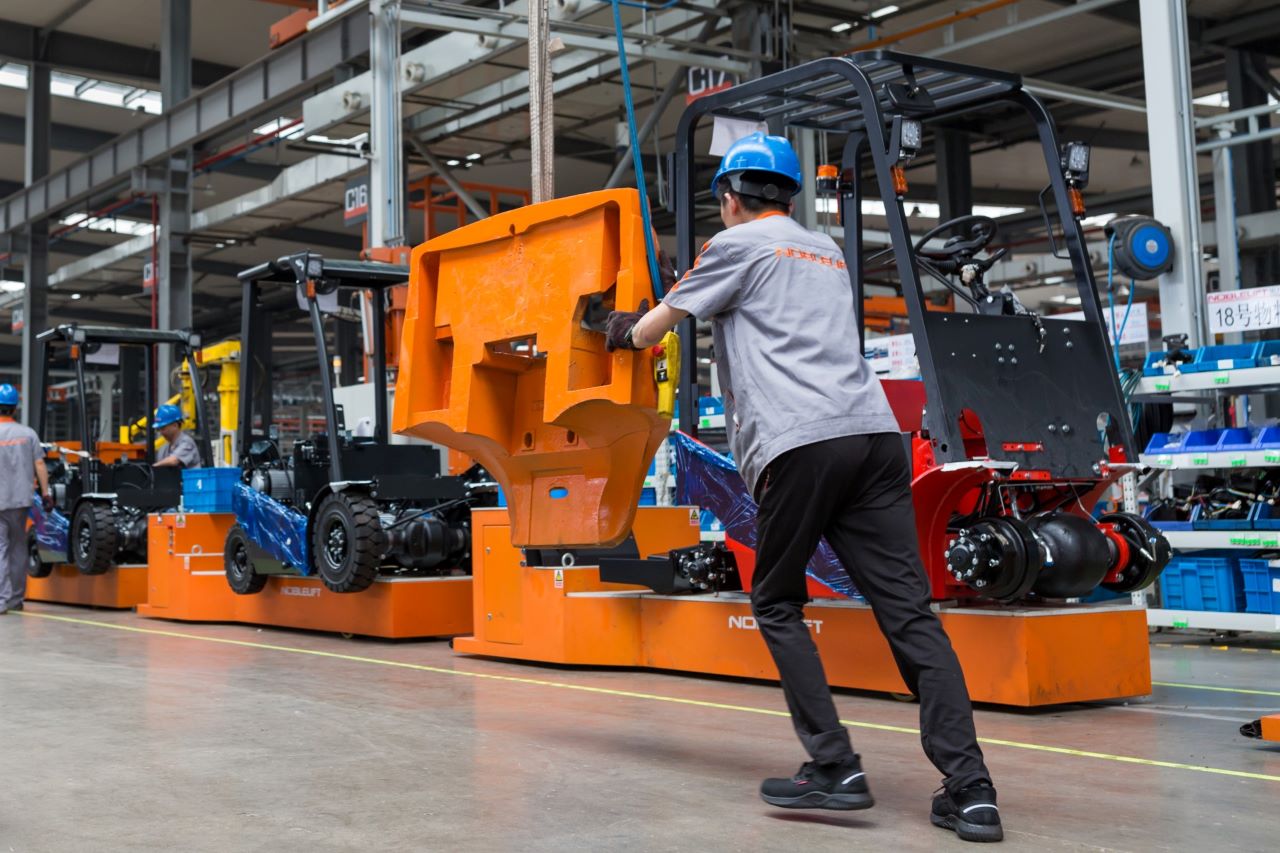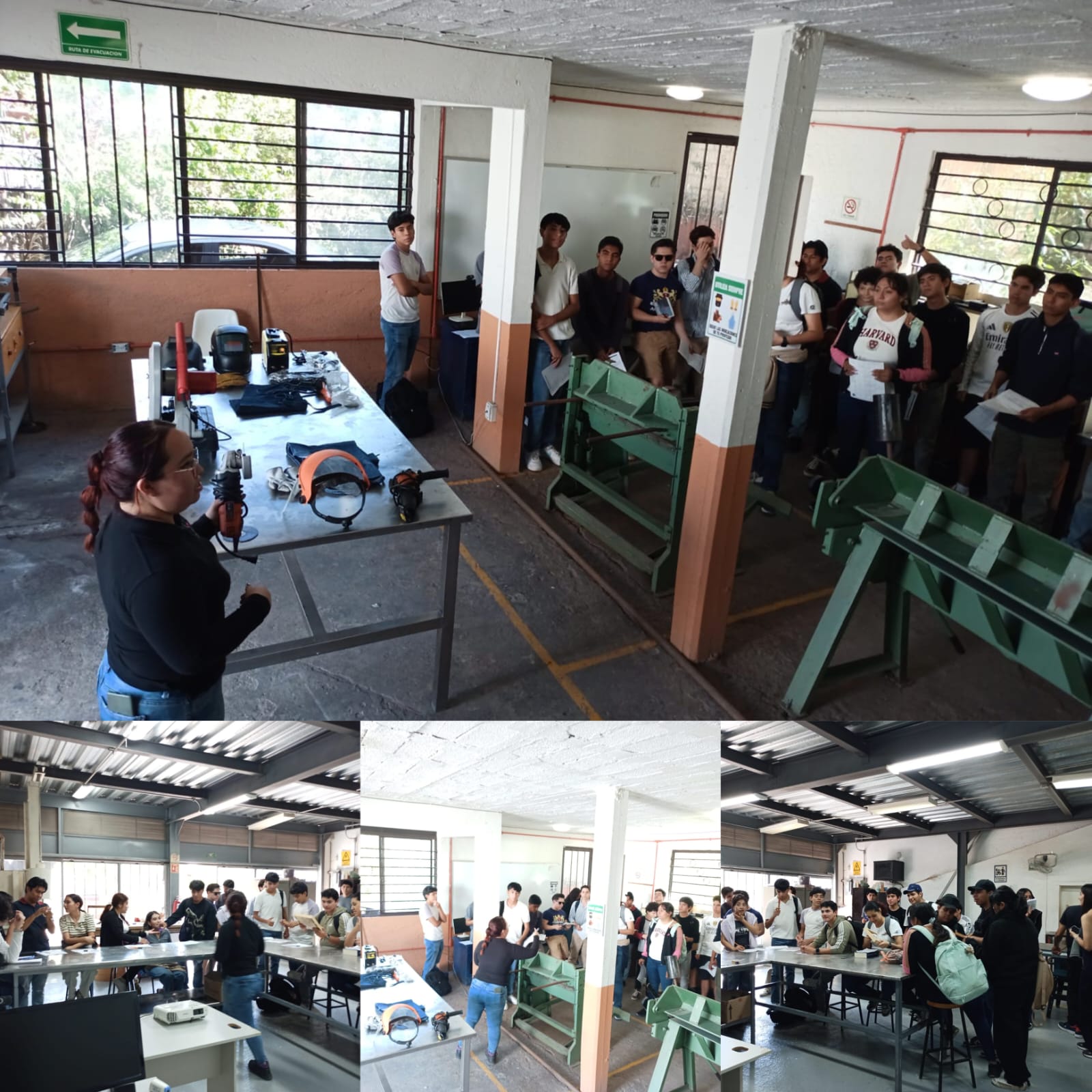Downtime in manufacturing can cause significant disruptions, impacting production and causing stress. However, by implementing effective strategies, you can minimize downtime and schedule it at convenient times. Read on to discover how to reduce downtime in your manufacturing business.

Types of Industrial Maintenance
Corrective Maintenance: This basic form of maintenance involves fixing equipment only when it breaks. Although ideal maintenance systems would prevent breakdowns, corrective maintenance is sometimes necessary due to unforeseen issues.
Preventative Maintenance: This involves scheduled maintenance activities like lubricating machinery, replacing parts before they fail, and regular inspections. Preventative maintenance helps avoid unexpected failures and dangerous situations, keeping downtime at bay.
Condition-Based Maintenance: This strategy uses real-time monitoring to ensure equipment operates within safe parameters. Modern IoT sensors can provide continuous data on temperature, vibration, and other factors, triggering alerts for any abnormalities.
Predictive Maintenance: Predictive maintenance goes further by analyzing data from multiple sources to forecast when maintenance is needed. Using AI and machine learning, systems like Predictto can predict failures and optimize maintenance schedules.

What Causes Downtime?
Downtime is any period when production halts, whether planned (for maintenance or upgrades) or unplanned (due to failures, power cuts, or natural disasters). Unplanned downtime can be costly, affecting productivity, reputation, and deadlines. Common causes include human error, equipment faults, cyber attacks, and environmental factors.
Types of Downtime
Tangible Costs: These are direct costs like loss of production, idle staff, and material wastage.
Intangible Costs: These include damage to reputation, reduced staff morale, and increased stress levels.

5 Ways to Reduce Downtime in Manufacturing
1. Ensure Staff Are Well-Trained: Human error is a major cause of downtime. Regular training and evaluations can help staff avoid mistakes and operate equipment correctly. Open communication about training and maintenance concerns can also provide valuable insights.
2. Use a Preventative Maintenance System: An advanced preventative maintenance system like Predictto can accurately predict issues before they occur. Leveraging AI and machine learning, these systems provide deep insights and help pre-empt failures.
3. Adhere to Maintenance Schedules: Having a maintenance plan is crucial, but it’s equally important to stick to it. Regular checks and verifications ensure that no tasks are missed or neglected, preventing unexpected breakdowns.
4. Utilize IoT Monitoring Devices: IoT sensors in machinery can monitor key parameters such as heat, vibration, and flow rate. These sensors provide real-time data, flagging sudden changes and helping track long-term trends for predictive maintenance.
5. Schedule Downtime Strategically: When downtime is necessary, schedule it during low-impact periods. Use data on production levels and deadlines to find the best times for maintenance, minimizing disruption to operations.
By following these strategies, you can significantly reduce downtime in your manufacturing business, ensuring smoother operations and better productivity.
Source: fracttal
Bachelor in Industrial Mechanical Engineering
More News About Bachelor inIndustrial Mechanical Engineering


